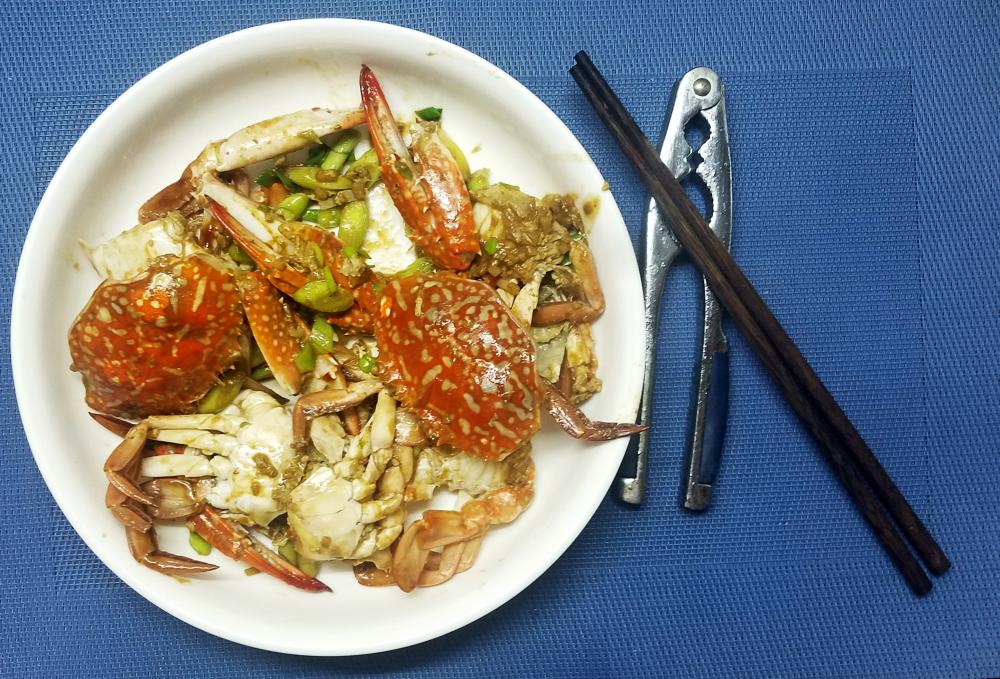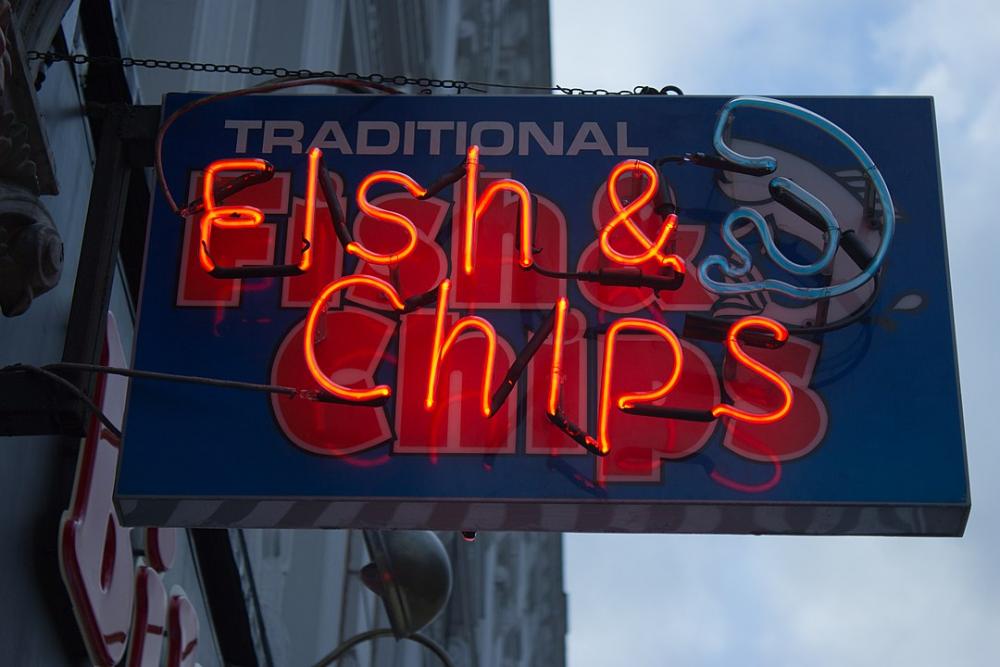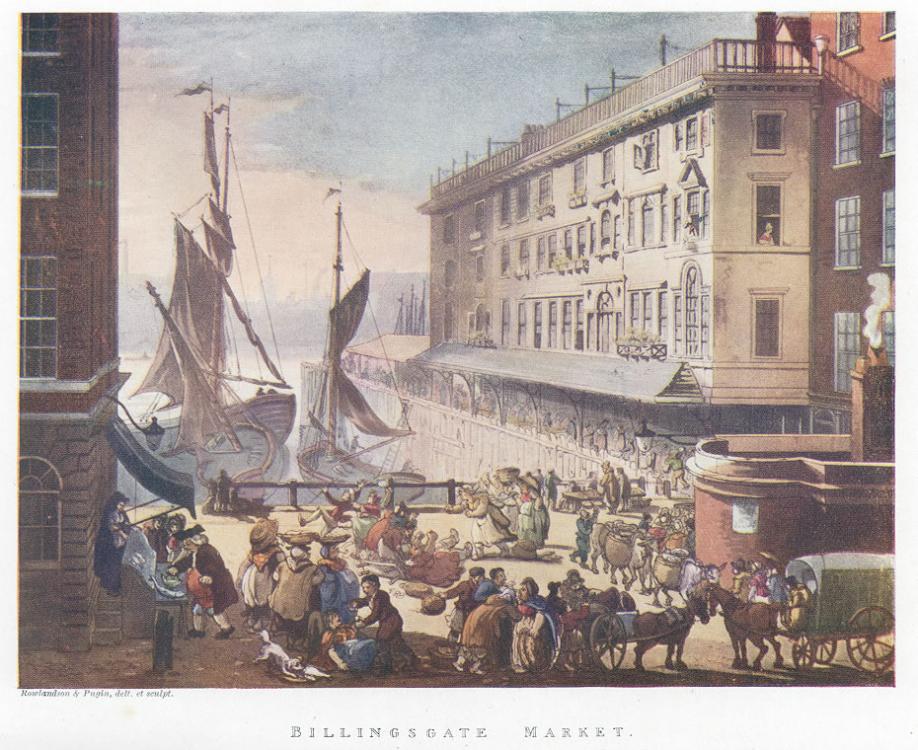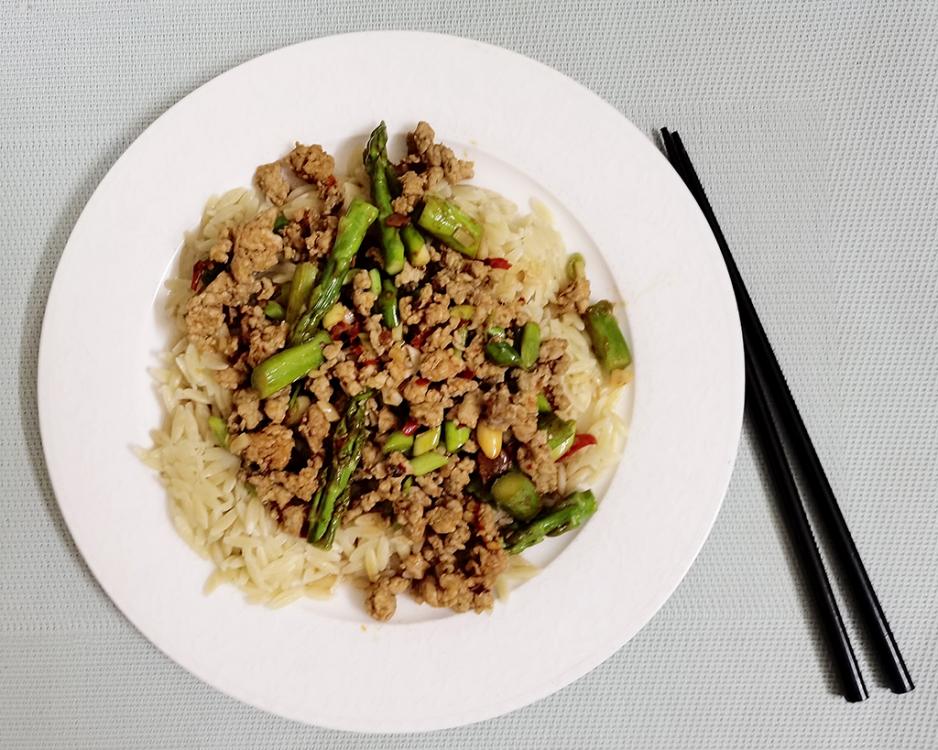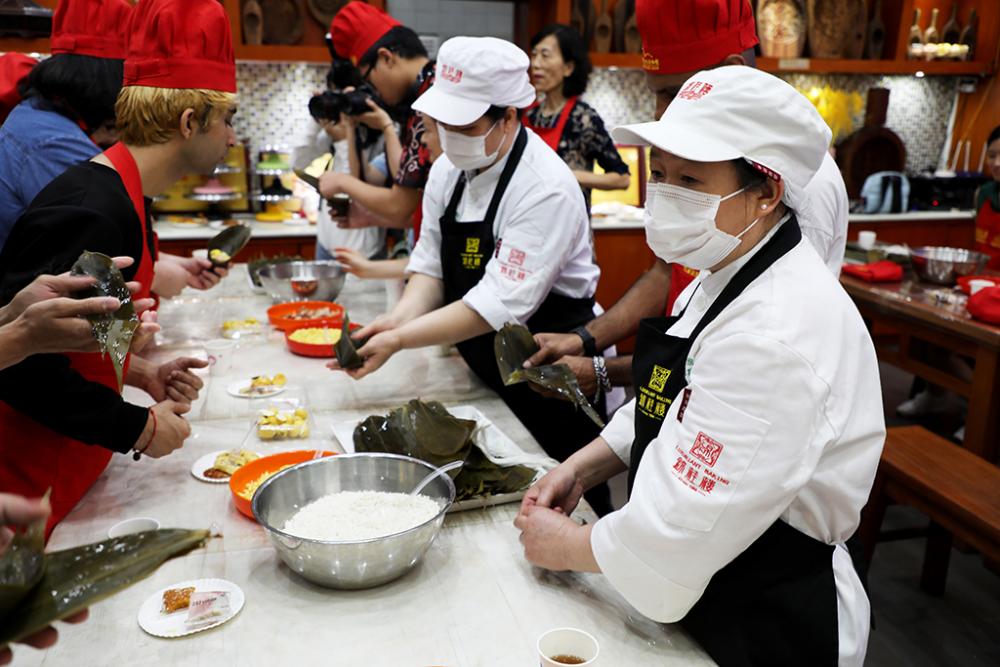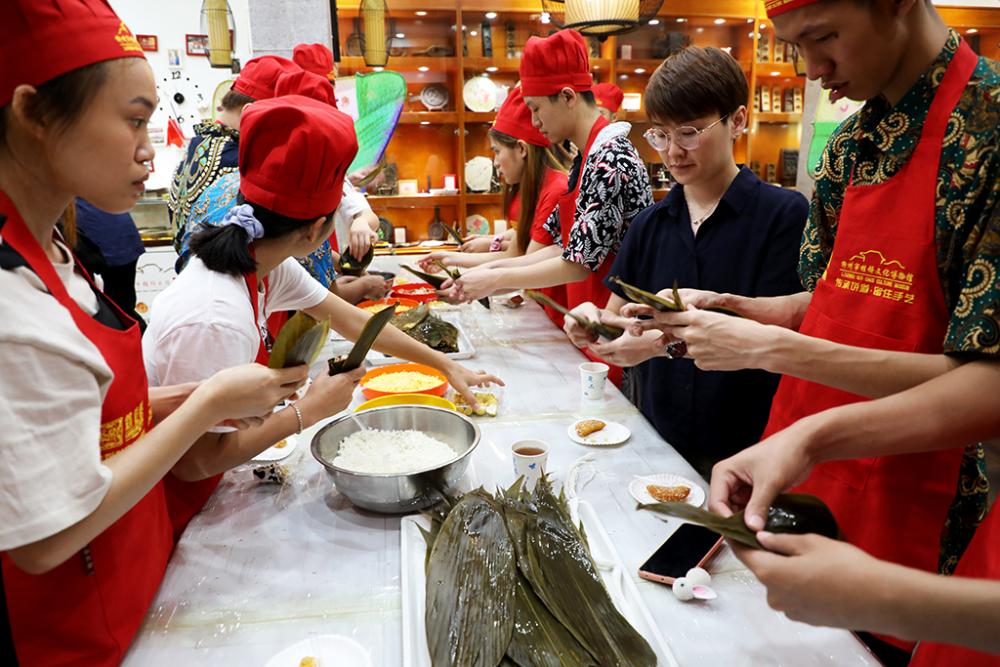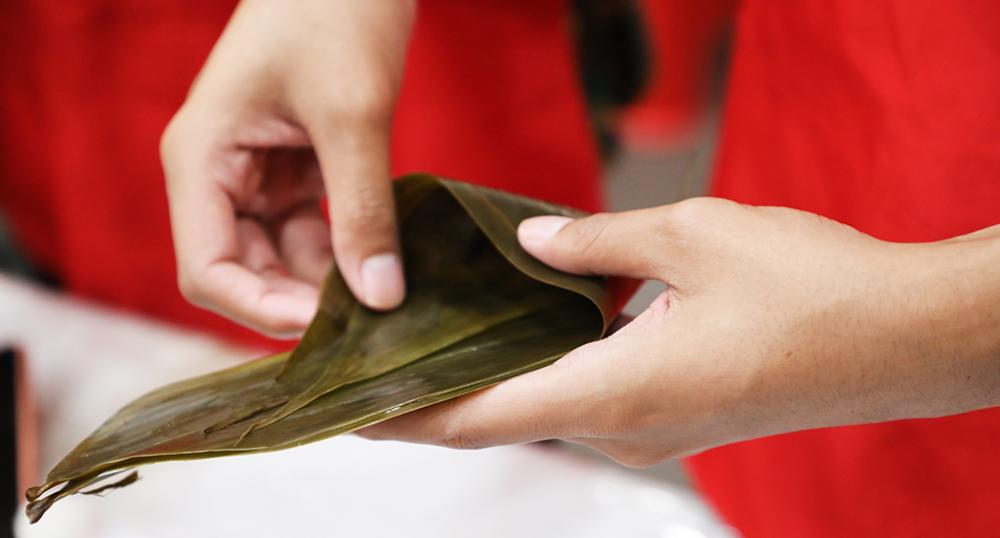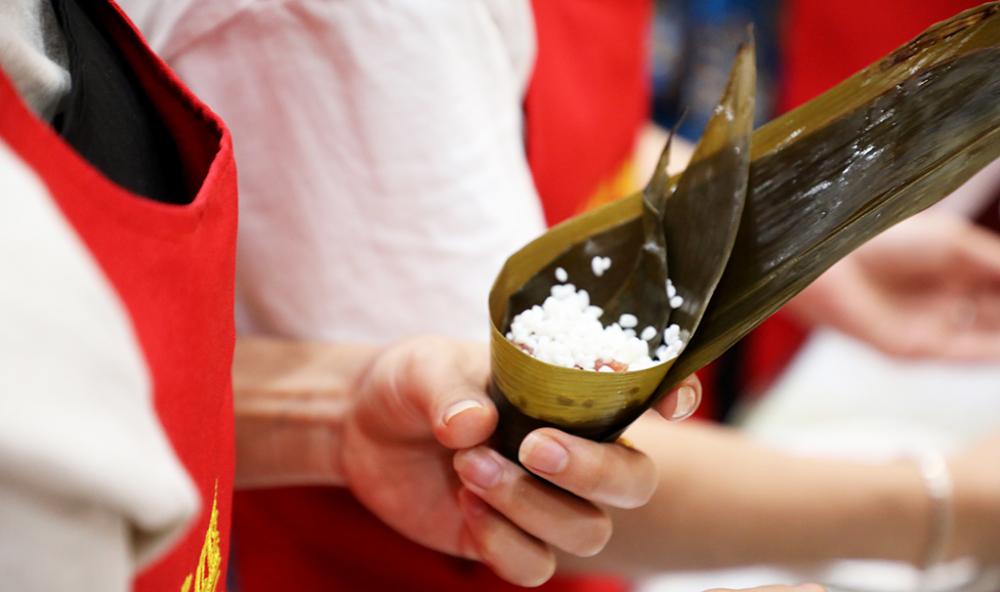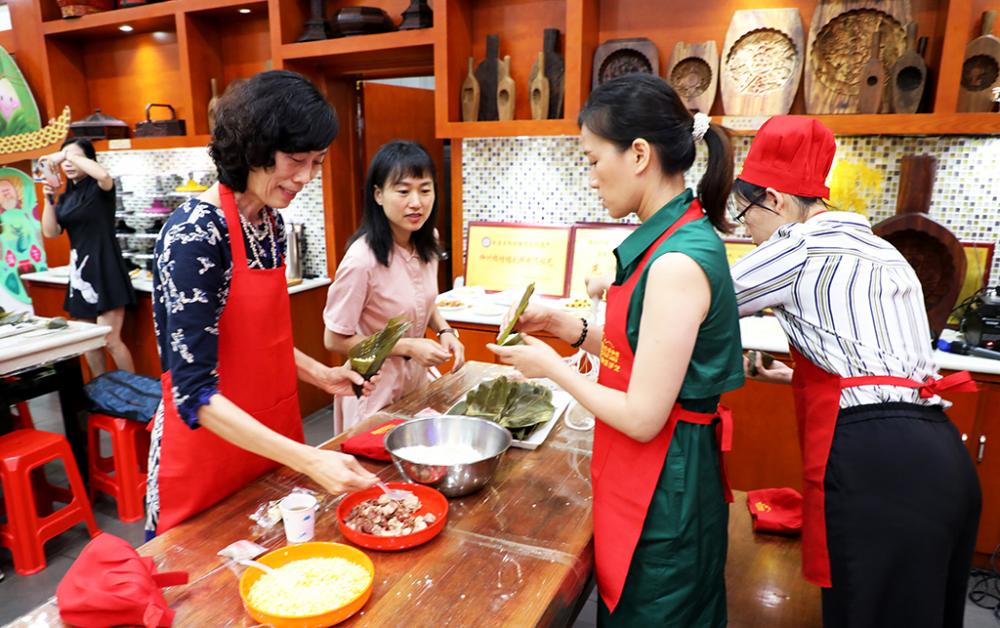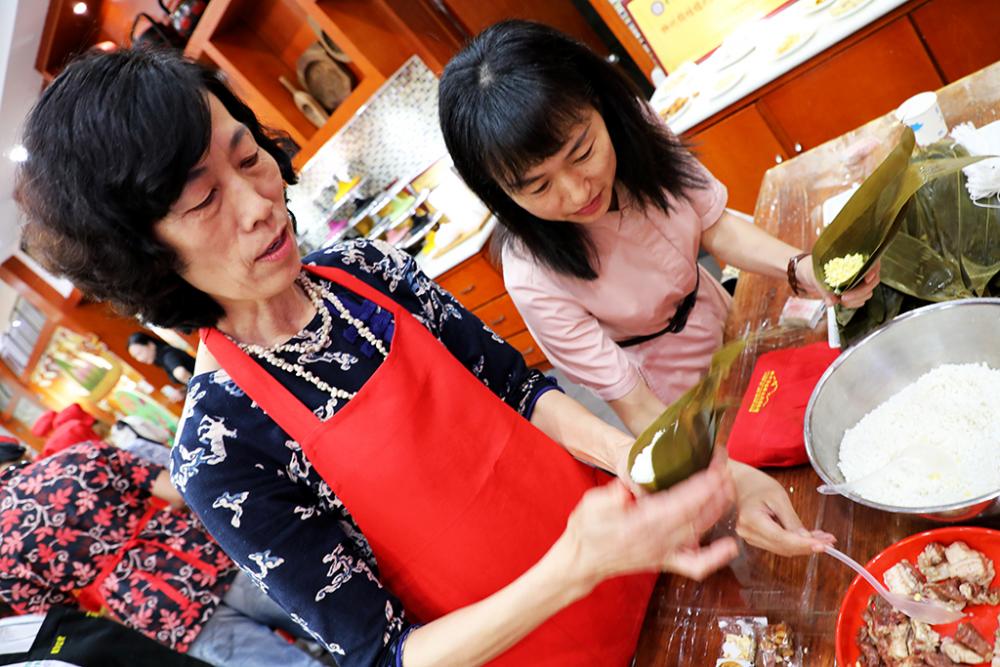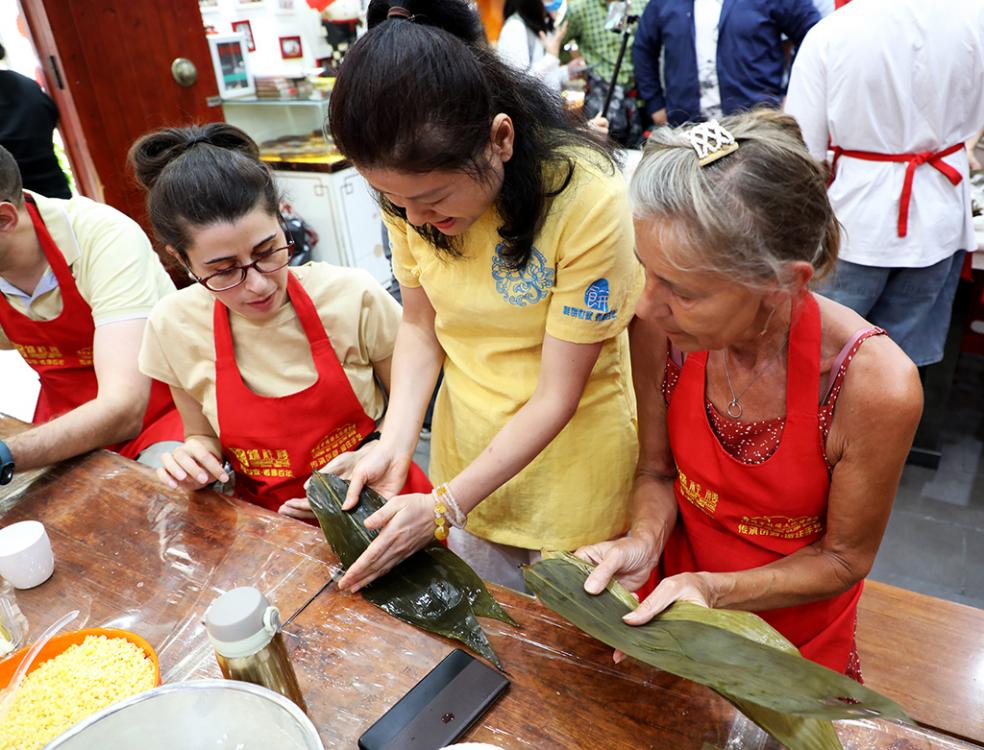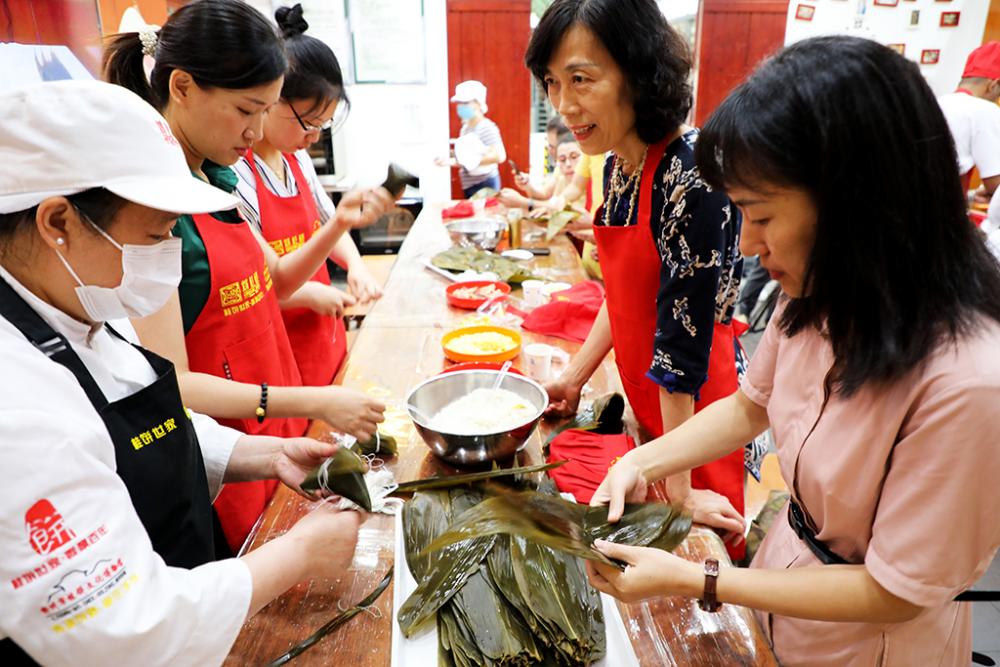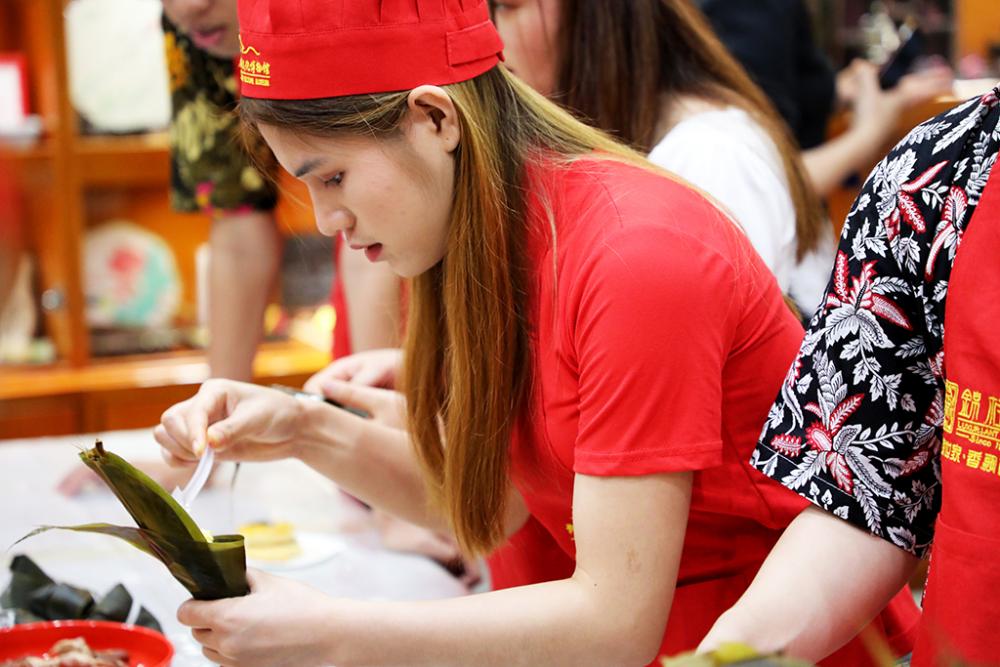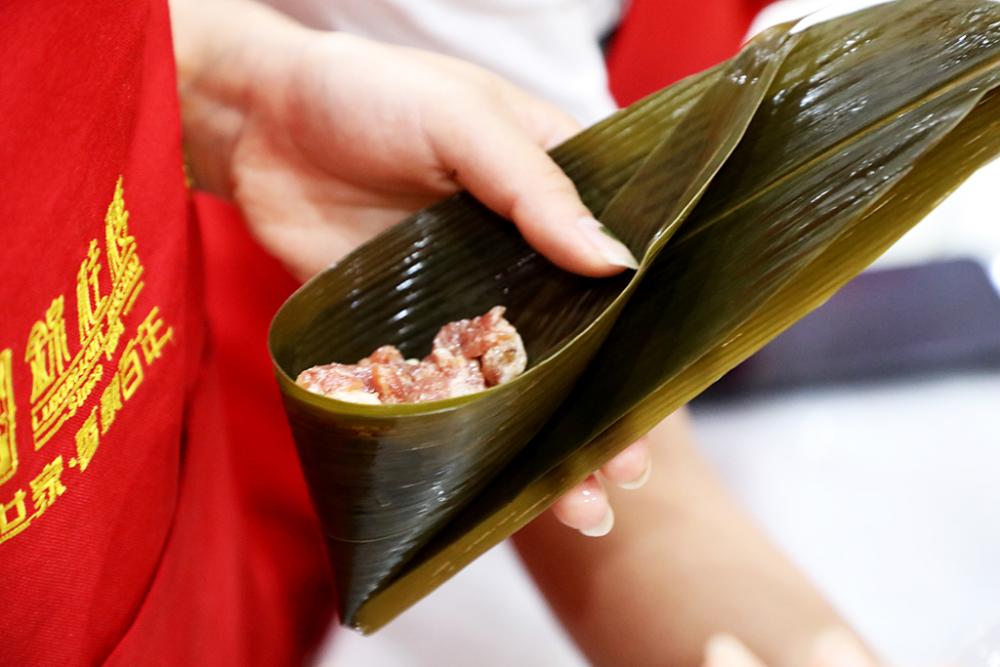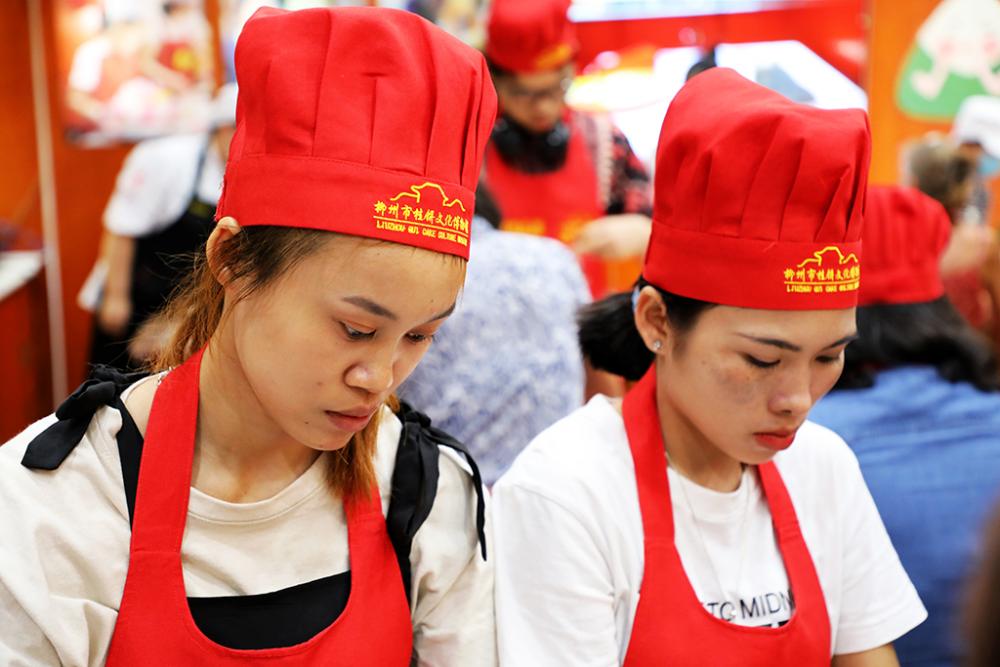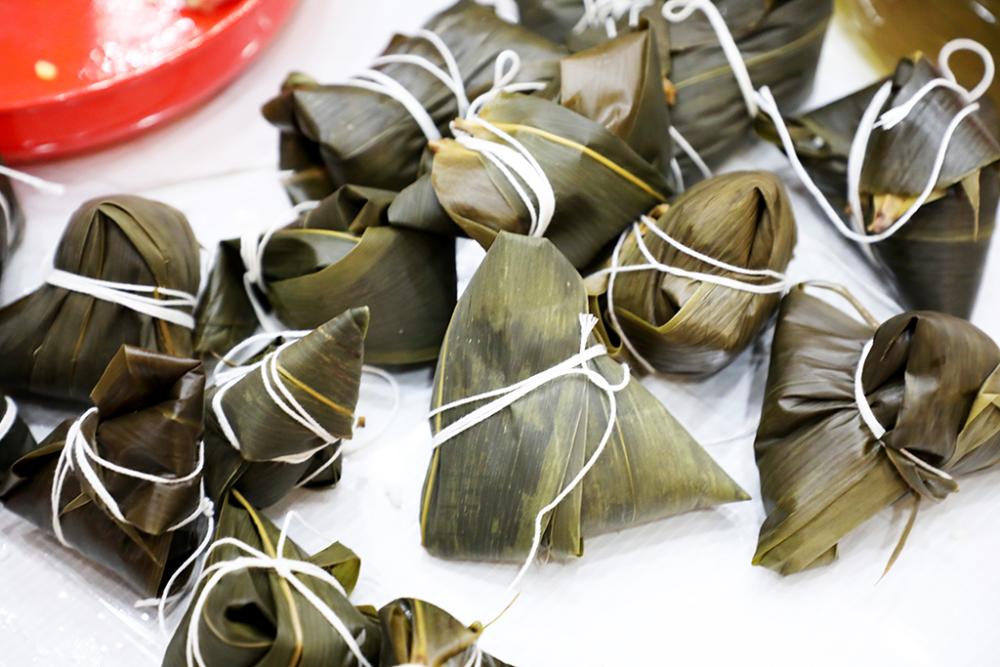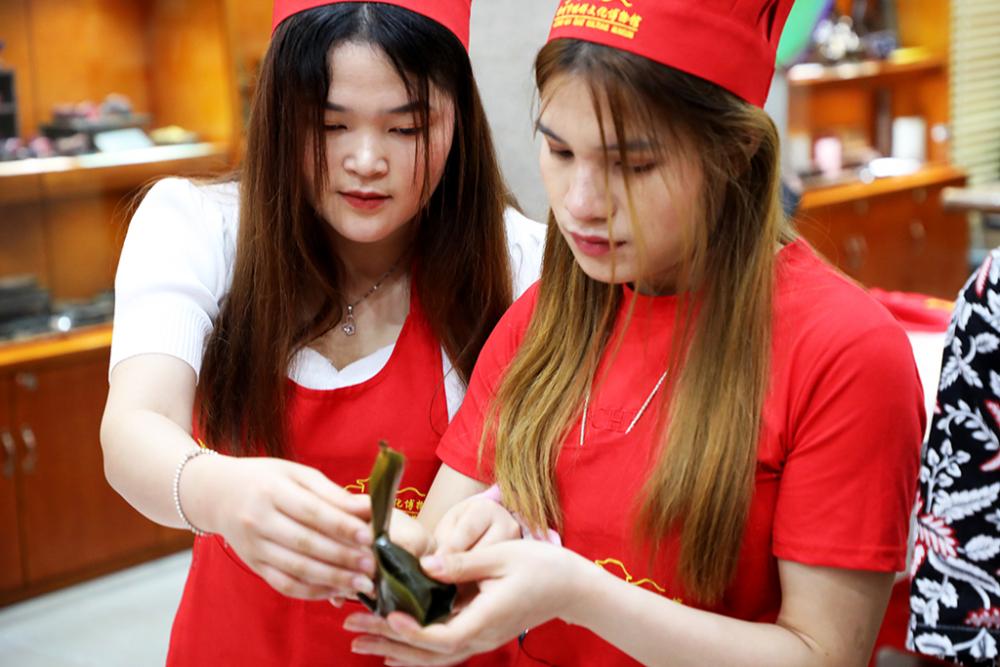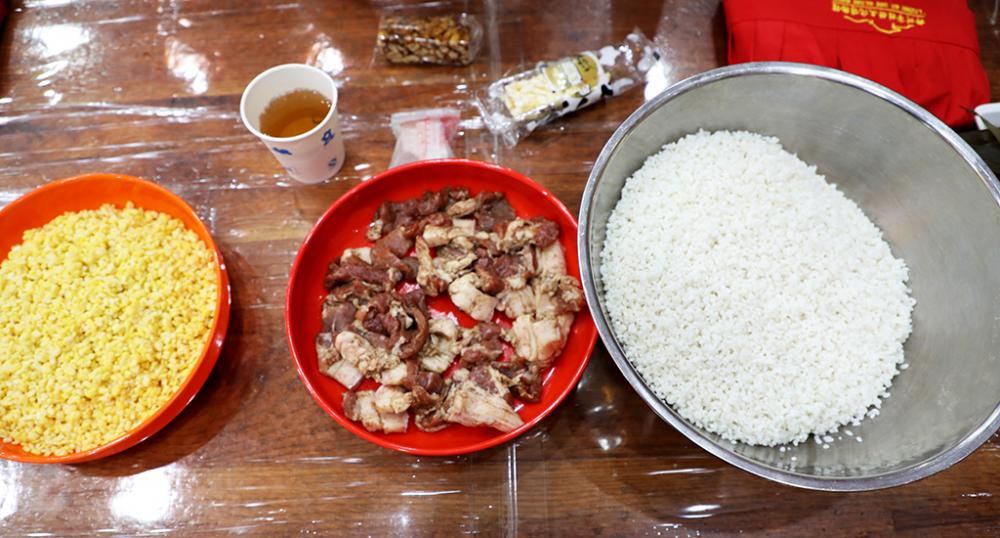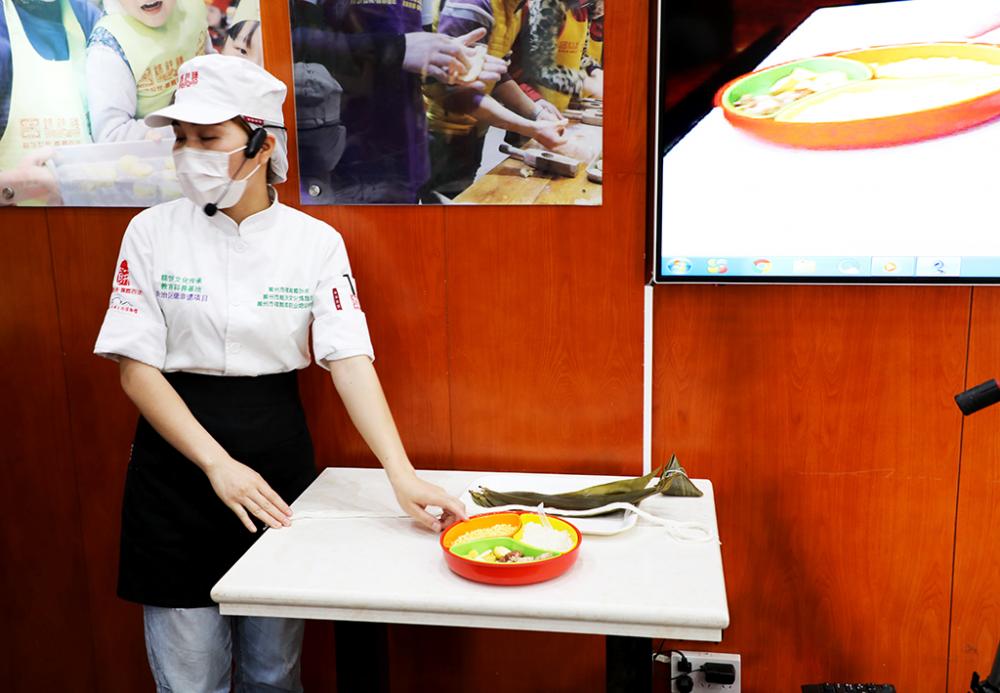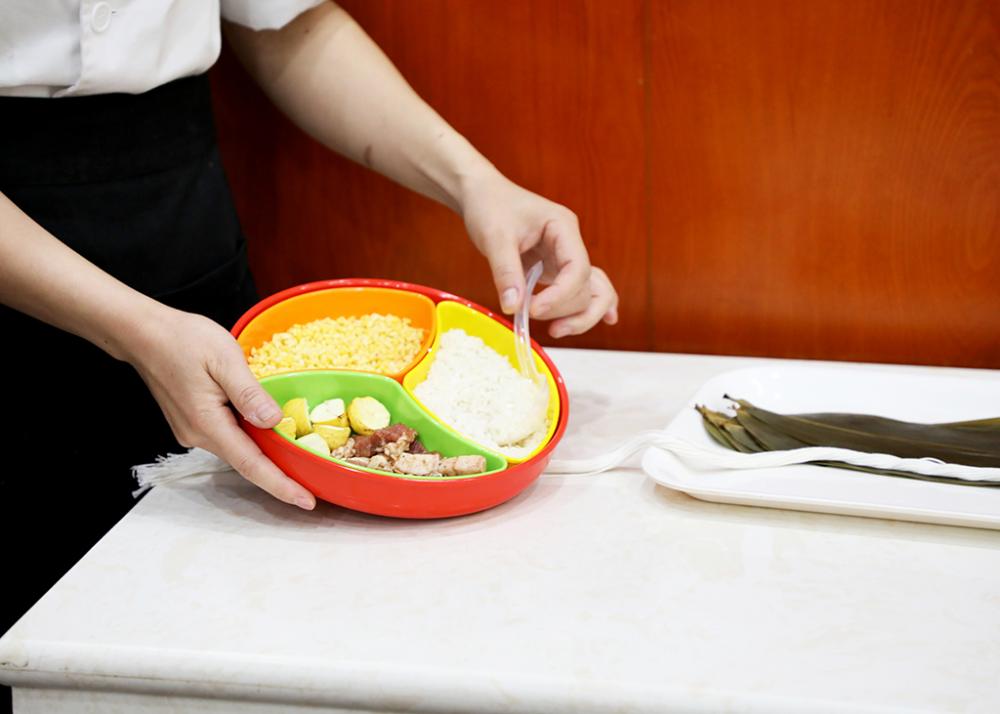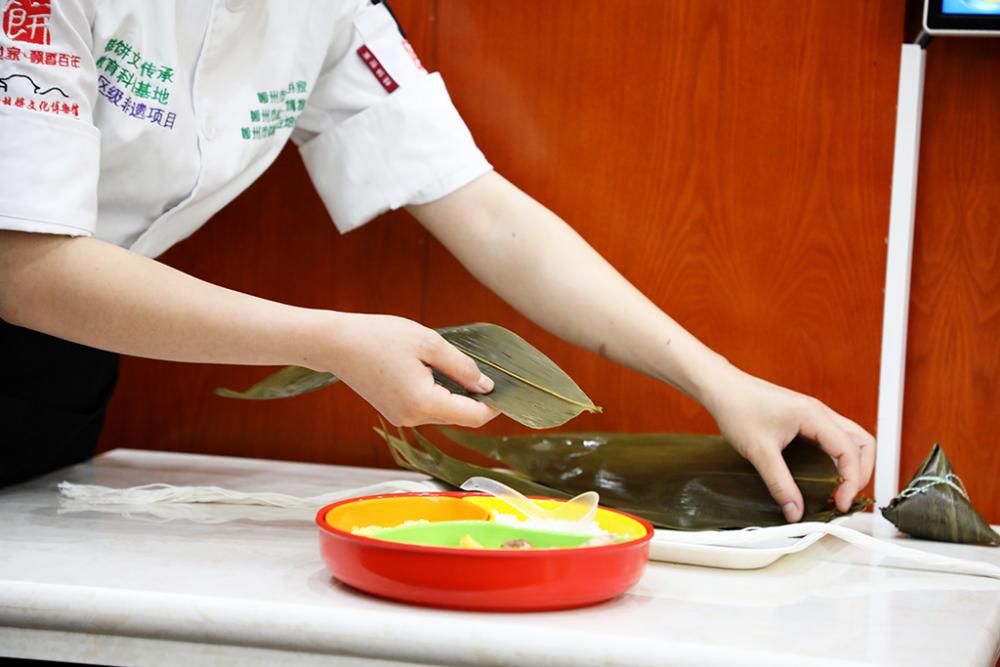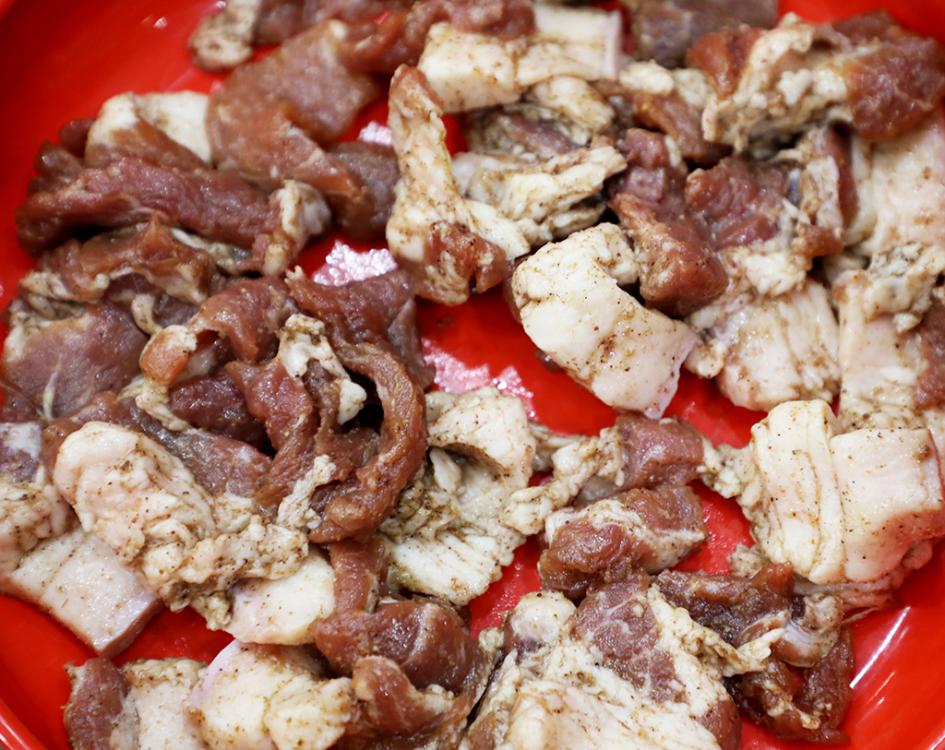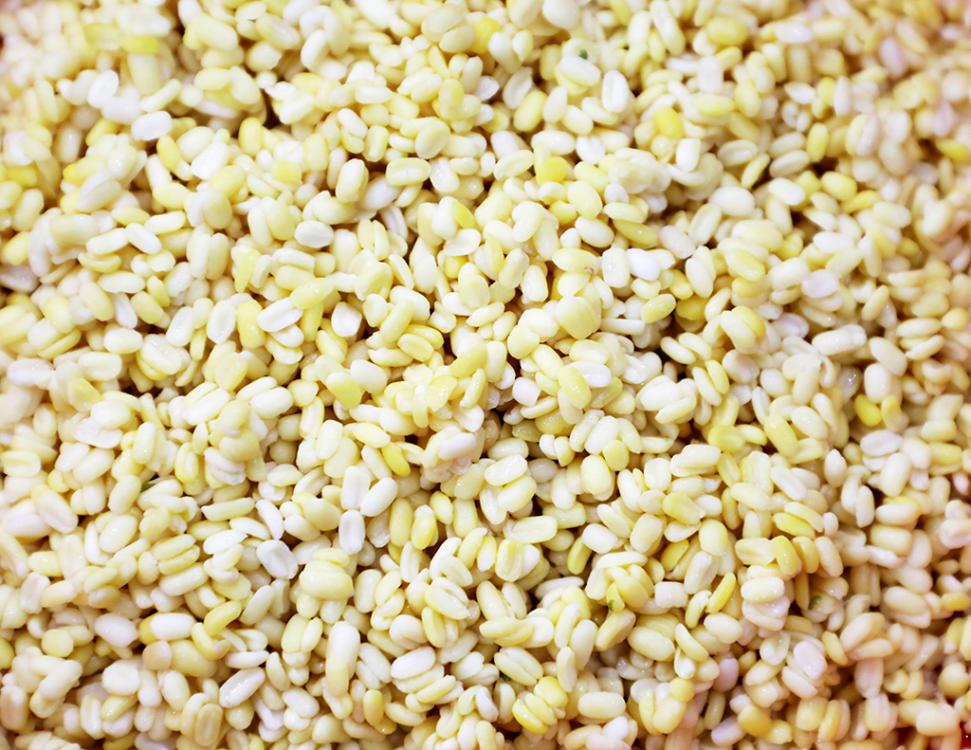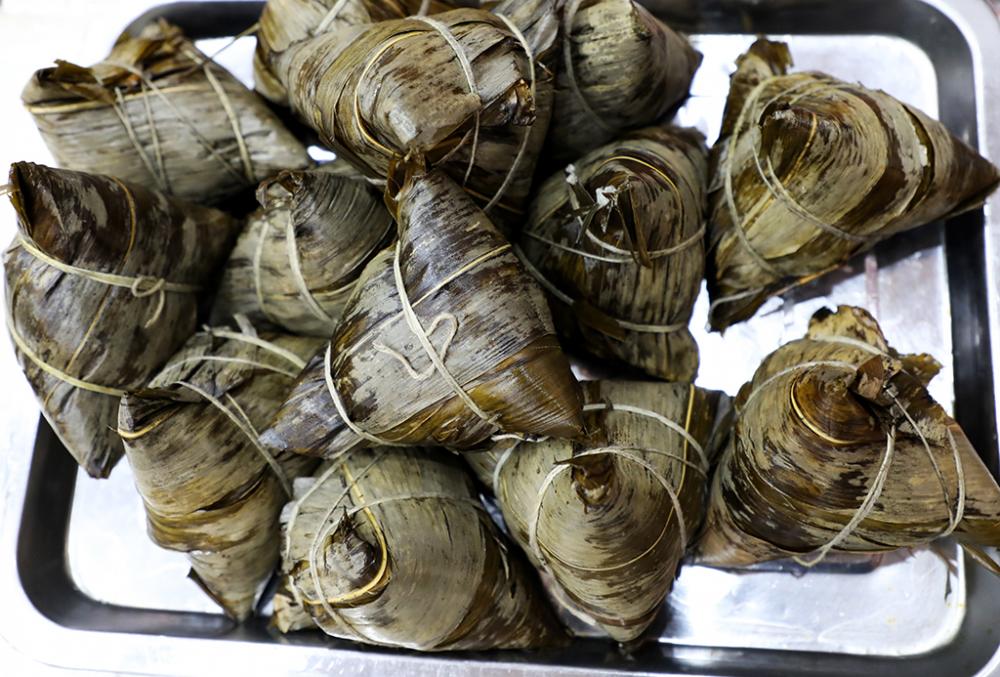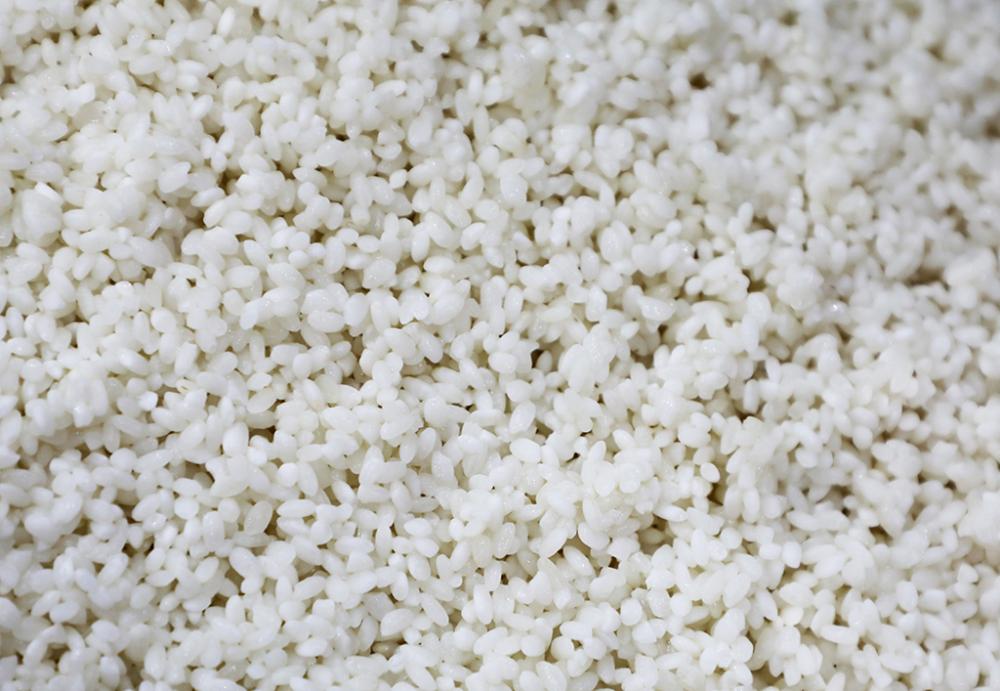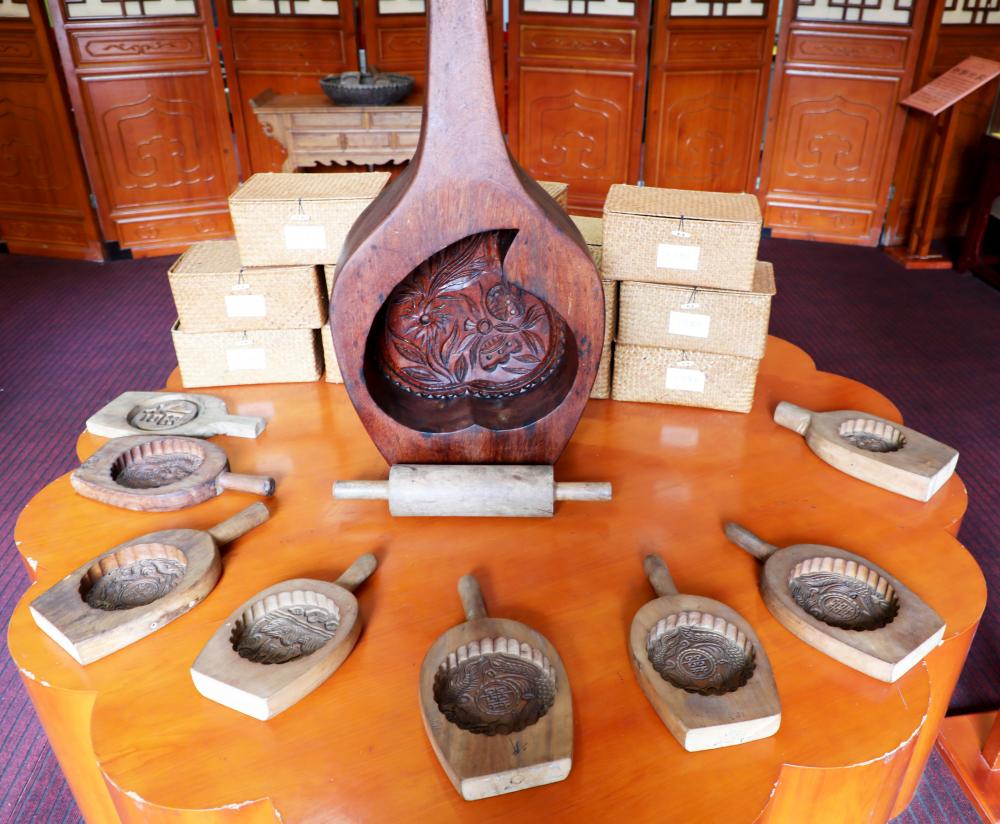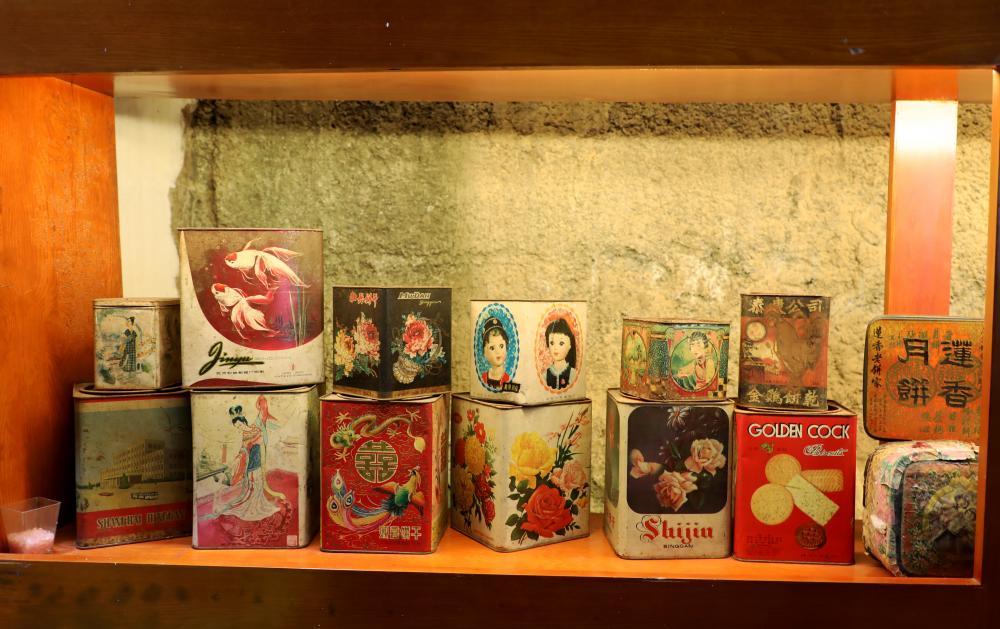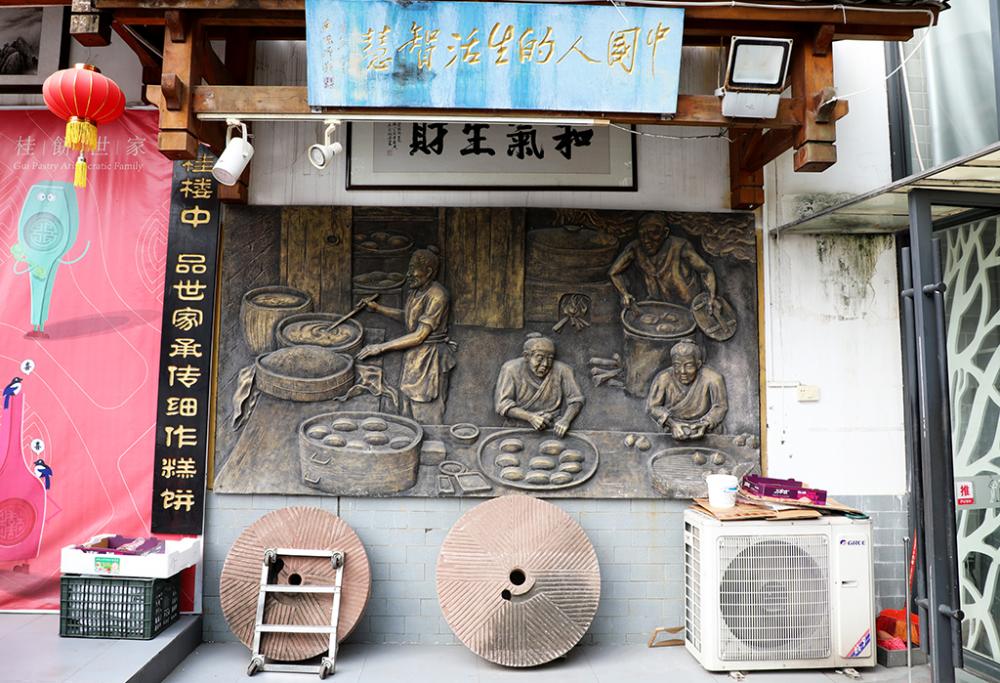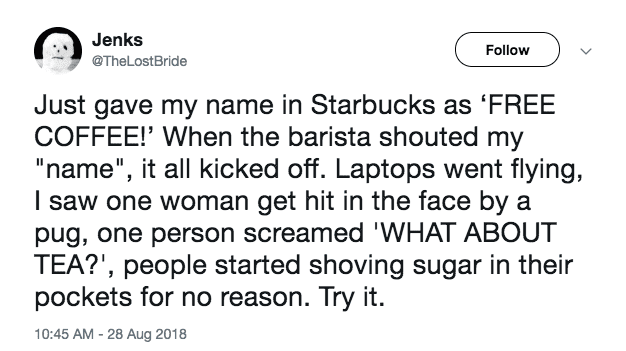-
Posts
16,738 -
Joined
-
Last visited
Content Type
Profiles
Forums
Store
Help Articles
Everything posted by liuzhou
-
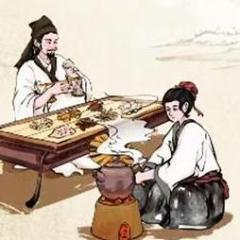
What recipe do you want to be remembered for?
liuzhou replied to a topic in Food Traditions & Culture
My two children. More on topic - my "killer crab" recipe. Not so much because I want it to be, but I know it will be what people here will remember. Basically, it's blue crabs in a very spicy, garlicky base with oyster sauce. -
I call it linguistic diversity. A good thing. 😆
-
My late mother, whom some of you "know", was very prim and proper. She hated anyone cursing or swearing, to the extent that I grew up believing that saying "bloody" or "drat" or "besooks" would result in immediate death and anything stronger would instantly destroy the universe at the very moment of utterance. Big Bang Two - The Sequel. Bodily functions didn't exist for her, or at least were beyond unmentionable. Sex was a myth promoted by communist bandits out to destroy interplanetary balance and therefore even more unmentionable. But, at the same time, she absolutely loved Billy Connolly despite his apparent inability to get through a sentence without dropping an f-bomb or getting scatalogical. I never mentioned to her that I knew Billy personally, though we were never close friends. But my brother "accidentally" told her. I expected to be told never to darken her doorstep again, but she just complained that I had never brought him home for tea! I remember sitting with her later, watching a video of a live show. She had tears of laughter running down her face and at one point said "Pause it! I'm going to pee myself!" I was never so shocked in my life! Like the Queen, my mother never had any need for micturation or worse. She didn't even eat peas in case anyone misunderstood! Anyway, this is the segment of the video she was watching when she got the urge for going and wanted the video paused. I may have posted it before, but I'm happily posting it again in her memory. Miss you Mum!
-
8. Fish and Chips (Part the First) Our dauntless YouTubers are still on the loose, searching for yet another unmissable British meal. It’s getting on for dinner time, after all. And what is more British than “Fish And Chips”? Well, maybe quite a lot. The history of Britain’s iconic dish is a tangled one involving Sephardic Jews; Charles Dickens; Winston Churchill; George Orwell; Prince William, and Belgian (or was it French?) influences. Also, despite being a relatively simple dish of deep-fried fish with potatoes, there are many variations to be taken into consideration at every stage of the process. FISH So, let’s start with the fish. It is believed that the practice of deep frying fish originated among Sephardic Jews from the Iberian Peninsula who settled in England (via Holland) in the 16th century. They probably coated their fish in flour, in a similar manner to the modern Spanish dish pescado frito. At some point, some of these people started selling the fried fish in London. In Oliver Twist (1837-39), Charles Dickens mentions “a fish warehouse” in a list of shops to be found a poor, disreputable area of east London – a place where impoverished immigrants have settled for centuries before eventually settling into better areas and leaving their first English homes to the next wave. In 1845, Alexis Soyer published his Shilling Cookery for the People, which features a recipe for "Fried fish, Jewish fashion". Jewish fashion, according to Soyer, means using a flour and water batter. It is not recorded what variety or varieties of fish Dickens’s “warehouse” was selling, but the famous Billingsgate Fish Market was nearby, so they were spoiled for choice. The market operated informally in the 16th and 17th centuries, before being officially issued with a charter in 1699. By the time Dickens was writing Oliver Twist, Billingsgate had expanded to become the largest fish market in the world. The market still exists, but in 1982, was relocated to a new 13 acre (53,000 m2) building complex, further east. The original open air Billingsgate Fish Market in the early 19th century Technically, pretty much any fish could be used for fish and chips, but the modern preference is for a white fish with large, firm flakes. By far, the two favourites are cod and haddock (related fish). Cod wins outright in England; haddock in Scotland, partly because it is plentiful in Scottish waters so, is sustainable, unlike cod which is considered to be “vulnerable”. Haddock also makes for excellent eating.) Be sure to specify what fish you want. For example, by law, any fish sold as part of “cod and chips” must be cod. Same with all named fish; it must be that fish. If the menu just lists “fish and chips”, it can be any fish – often inferior types such as basa which are cheaper for the shop, but probably not for you. BATTER The fish in fish and chips is traditionally battered. Some fish and chip shops offer breaded fish as an alternative, but usually only in those establishments which have seating. Most fish and chips shops offer take away only. The batter is usually a simple flour and water batter, perhaps with baking powder added. Many places boast about their secret batter recipe. Often the secret is that there is no secret! Beer batters etc. are rare. COOKING MEDIUM Traditionally, fish was fried in beef fat (dripping) and many still say that is the best. Including me! But health concerns and that it is unsuitable for fish-eating "vegetarians" and some religious groups, means its use is declining and more standard vegetable oils used instead. THE CHIPS At the same time as the East End of London was beginning to see the introduction of fried fish, it appears the chip showed up. Dickens again gets credit, this time for being the first to use ‘chips’ in the relevant sense. The word had been used to mean batons of fruit earlier. Dickens is the first to use it specifically to refer to potatoes. Fried chips of potato seem to have first arisen in Belgium and not France as previously thought. So, the American term “French fry“ is probably a misnomer. (For the answer to the eternal question "What is the Difference Between French Fries and British Chips?" see this article from BBC America.) Also, there is evidence that chips arose to replace fish when rivers and coastal seas froze over in winter, preventing fishing. People took to carving potatoes into shapes and frying them to resemble fish. I don’t suppose anyone was fooled. Potatoes used for chips in fish and chip shops today are always the floury varieties which give a chip which is crisp on the outside but fluffy in the centre, as opposed to the more waxy varieties which are useless. In Britain, the Maris Piper variety is, by far, the most common. Some favour King Edwards. Today, most chips in fish and chip shops are double fried in the same oil or fat as the fish; in fish restaurants, they may be triple-fried. FISH AND CHIPS When, where and by whom fried fish and fried potatoes were combined into one dish is disputed. There is strong evidence that a Jewish immigrant, Joseph Malin, opened a fish and chip shop in east London, in or around 1860. But there is equally strong evidence for the first fish and chips being served by a Mr John Lees from a Lancashire, north England market stall in 1863. Then again, there may have been others before that who remain unrecorded in any known documents. Whatever, the meal soon caught on and by 1910, there were 25,000 fish and chip shops in Britain. In his Road to Wigan Pier (1937), George Orwell said that the reason the working classes in England didn't rise up and embrace communism was that the dish kept them happy, averting revolution. Winston Churchill refused to ration fish and chips during WWII - not because fish was plentiful - it wasn't (fishing at sea was dangerous; the fishermen were as likely to catch a torpedo as a shoal of fish) - but as a morale booster. A sort of propaganda, if you like. So, that deals with the fish and with the chips. The story is all over? Nowhere near. The complexity is only just beginning. To be continued. Image Credits Fish and Chips Neon Sign in London; image by Victorgrigas; licenced under CC BY-SA 3.0 Billingsgate Market - Public Domain
-
Are you saying sedimentary salt was never in the sea? Sediment from what?
-
Maybe conventionally to you. If it was sea salt, it's still sea salt, i.e. salt that came from the sea. I have sea salt in my kitchen. It's no longer in the sea, so it's not sea salt? I'd say the use of "sea salt" is more of a marketing tool than a convention.
-
All salt is sea salt!
-
Funnily enough, when I was in Nepal, I went to buy salt and all I could find was sea salt from Australia!
-
Maybe they need salt. Many animals lick from salt licks to get their essential supply of minerals. Whether that includes insects, I do not know. I'm an etymologist; not an entomologist.
-
That would be a major work. Untangling the complexities of the British class system is PhD level stuff.
-
My sad emoji is for your bad beans; not for your envy. That I would normally thank, but we only get one emoji to issue!
-
Or Coleman's mustard. Mandarin oranges. Ham and eggs!
-
While I'm in no doubt there are places pimping up their offerings, I'm somewhat suspicious of that year-old, pre-latest-lockdown article by some random blogger with an "afternoon tea" website to promote.. There is no indication of how large her sample is, but if her point is, as she claims, modelled on membership of London's "gentlemen's clubs", that would be a fraction of a fraction of 1% of London's "gentlemen" - a rather sexist term as it goes.
-
Minced pork and and asparagus, with doubanjiang, green Sichuan peppercorns, garlic, ginger, chilli, Shaoxing wine and scallions. Served over orzi because the rice cooker pot is currently sleeping in the freezer. It's a long, dull story.
-
It's the end of civilisation!
-
Everyone was supplied with a red hat and apron and sent to wash their hands. Bowls of essential ingredients and bamboo leaves were laid out and everyone got stuck in. The students are in the red aprons and the "museum" staff are wearing white as they assist. The yellow woman is the museum director Concentration A knotty problems The students had a great time, took it seriously, but finally relaxed fora photo session. and even got to eat some zongzi. I passed; I don't mind the taste, but I prefer not glueing my teeth together!
-
Class begins! Pay attention! After being introduced to the dark arts of Chinese bakery and a "history" of zongzi and the asociated festival, it was time to get serious. This woman came to educate us in the proper procedure by proceeding to introduce the ingredients and how to wrap them together. Bamboo Leaves Roast Pork Cooked Beans Glutinous Rice The Final Product Now it was the students' turn. A few other passing foreigners, teacher and my friends from government joined in.
-
Today I went to school. I was double booked. One invitation came from an old friend, who teaches in the local vocational school. They run, among other courses, a Chinese language course for foreign students. I was invited to witness a “special lesson”. The second invitation came from some friends in the local government, whom I often work with, and who mainly wanted me to be the semi-official photographer at an “interesting event”. Fortunately my two invitations were to the same event. Saturday will be 端午节 (duān wǔ jié), the Duanwu festival, also know as “The Dragon Boat Festival”. I won’t repeat the history and the fables it arises from, but you can be sure they are mostly nonsense. WikiSometimesRight has a reasonably accurate version of the unreasonable story. By the way, the Kingdom of Chu, to which the article refers is modern-day Sichuan. I guess they didn’t know. Anyway, the important thing to do at Duanwu is to make and/or eat 粽子 (zòng zi), which are a kind of dumpling made by mixing glutinous rice with various fillings and wrapping them in bamboo leaves before boiling or steaming them. The actual fillings vary by region. Northern China tends to like sweet fillings whereas, down here in the south, we are sweet enough, so prefer to mix the rice with mung beans, barbecued pork and chestnuts. So the event was intended to show the few foreigners in town how to assemble these critters. It was held in what is really a bakery shop, but styles itself a baking museum. True they do have some old stuff on display, but are just one of 54 places styling themselves museums – we have a luosifen museum, a baijiu museum, a coffee museum, a mahogany museum, a bamboo museum, a ticket museum etc., etc. I’m just waiting for them to open a museum museum. So here are a few images. Starting with the building and some of the museum exhibits. Entrance Exterior Interior 1 Mooncake Moulds and more WeddingTableau Old Stuff more soon
-
Slight interlude. 10 things you might not know about Stornoway Black Pudding
-
If it's goiing spare, I'd give it a good home.
-
The only one I possess is the coffee grinder, but I've never used it for coffee, either. Only for spices, the reason I bought it.
-

A short travel blog of Greece: Pelion, Meteora, and Athens
liuzhou replied to a topic in Elsewhere in Europe: Dining
I've never come across taramasalata made with mayo, either.


